Compared to last week, western Canadian yearling markets traded $2-$3 on either side of unchanged; steer calves under 700 lbs. were steady to $2 higher on average; heifer calves were steady to $5 higher. Southern Alberta, along with the western half of Alberta, received 30-40 mm of rain over the week which enhanced demand for […] Read more
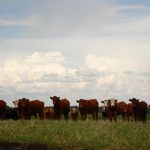
Klassen: Rains enhance demand for grass cattle
Deferred cattle futures showing strength
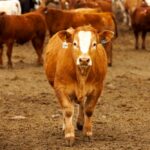
Where are all these feeder cattle coming from?
Market Talk with Jerry Klassen
U.S. and western Canadian feeder cattle prices have been consolidating over the past month. Higher-quality medium-flesh steers averaging 850 pounds have been trading in the range of $180-$185 while 600-pound steers have been trading in the range of $220-$230. Earlier in winter, I and many other analysts were expecting placements into U.S. and Canadian feedlots […] Read more
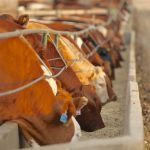
Klassen: Negative feeding margins temper strength in feeder market
Compared to last week, western Canadian yearlings weighing over 800 lbs. traded steady to $2 lower on average. Feeder cattle under 800 lbs. were relatively unchanged. Alberta packers were buying fed cattle on a dressed basis at an average price of $288 delivered, down from the range of $288-$290 seven days earlier. Using a 60 […] Read more
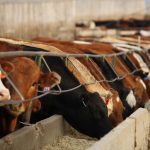
Klassen: Steady demand supports feeder cattle prices
Compared to last week, western Canadian feeder cattle markets were relatively unchanged. Weakness in deferred live cattle futures and uncertainty in the feed grain market tempered the upside for all weight categories of replacement cattle. Alberta packers were buying fed cattle on a dressed basis in the range of $288-$290 delivered, steady to $2 lower […] Read more
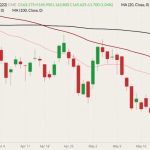
Klassen: Canadian feeder market divorces from feeder cattle futures
Timing of new-crop feed grains leads to shift
Compared to last week western Canadian yearling markets traded $3-$4 on either side of unchanged. The quality was quite variable resulting in the wide price structure; however, decent genetic and lower flesh packages were red hot. Feedlot operators were extremely aggressive on 700- to 800-lb. steers although higher weight categories were also well bid. Auction […] Read more
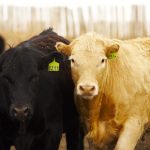
Klassen: Feeder market develops two-tier price structure
Compared to last week, western Canadian yearlings markets traded $2-$4 higher on average; feeder cattle in the 600- to 800-pound weight category were up $3 to as much as $6 while calves under 600 lbs. traded $4-$8 higher. The Canadian dollar strengthened on Friday but the softer tone from Monday through Thursday contributed to the […] Read more
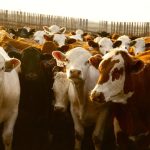
Klassen: Feeder market starts seasonal rally
Ontario demand leads charge higher in Manitoba
Compared to last week, western Canadian yearling markets traded $4 to as much as $6 higher on average. Calf markets were sharply higher. Auction barns in Manitoba reported calf prices up $8-$10 on average with certain pockets up as much $15. Calf markets in Alberta and Saskatchewan were up a solid $5-$8 from week-ago levels. […] Read more

Beef demand appears to be shifting
Market Talk with Jerry Klassen
I’ve received many inquiries from cattle producers regarding beef demand. Throughout the pandemic, consumers ate more beef at higher prices. This was the only recession in history where incomes increased on average due to government stimulus packages. There was also a change in taste or change in behaviour. Social restrictions and the fear of catching […] Read more
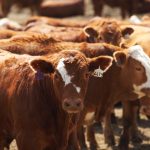
Klassen: Feedlot demand up prior to seasonal rally
Market for calves 'boiling hot' in Manitoba
For the week ending April 30, western Canadian feeder cattle prices were quite variable. Yearlings traded $8 lower as much as $5 higher. Severe discounts were noted on fleshier cattle; some auction barns reported the bulk of cattle over 800 pounds were medium to heavier flesh. Deferred live cattle futures were under pressure but the […] Read more

Klassen: Adverse weather tempers feeder cattle market
Compared to last week, western Canadian feeder cattle markets traded $3-$4 on either side of unchanged. Southern Alberta experienced severe wind and dust storms last week which softened buying interest from a large portion of feedlot operators. At the same time, grass conditions are quite variable across the Prairies despite the recent precipitation. Cooler temperatures […] Read more


